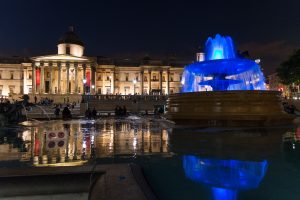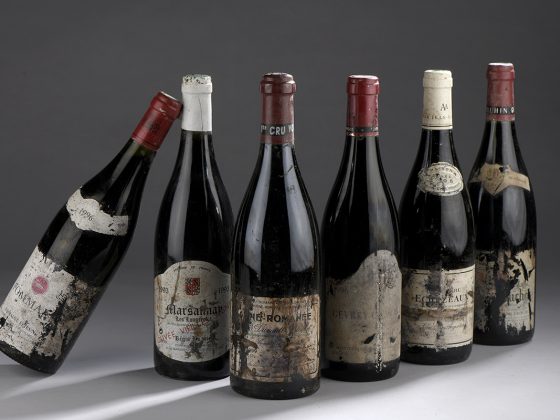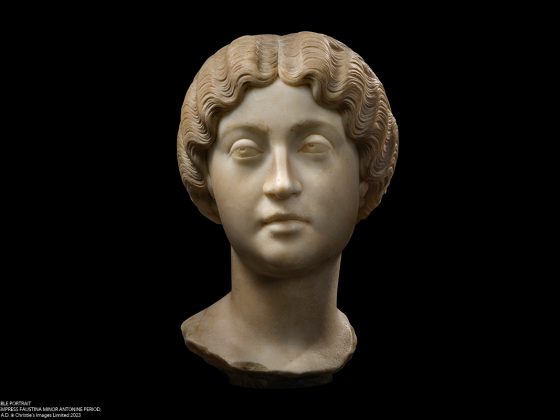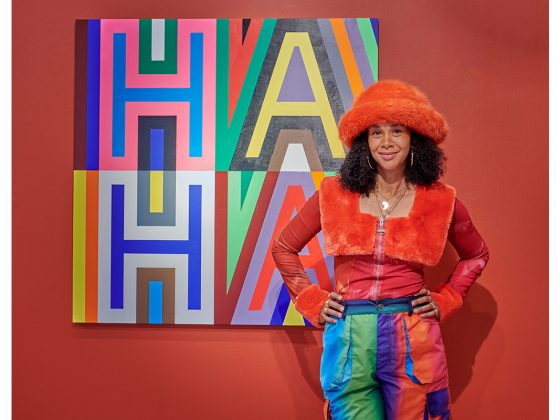A Marvelous Potrait and Many oder Tresures.
REDISCOVERED NIGERIAN CULTURAL ICON The Lost Portrait Of Tutu – At Bonhams Africa Now Sale In London
Tutu, a portrait of the Ife royal princess Adetutu Ademiluyi painted in 1974 by the Nigerian artist Ben Enwonwu, leads Bonhams Africa Now sale in London on Wednesday 28 February. In a pioneering move, the sale will be broadcast live to a Bonhams auction event in Lagos, where bidders will be able to participate in real time. This will also be the first ever evening sale of Contemporary African Art.
Enwonwu painted three versions of Tutu during 1973–74, and the image became a symbol of national reconciliation for a country struggling for unity in the wake of the Nigerian–Biafran conflict of the late 1960s. All three paintings had been considered lost until the discovery of the current picture for sale.
Writing in the spring edition of Bonhams Magazine, the Nigerian-born Booker Prize winning novelist Ben Okri, said,
“It amounts to the most significant discovery in contemporary African art in over fifty years. It is the only authentic Tutu, the equivalent of some rare archaeological find. It is a cause for celebration, a potentially transforming moment in the world of art.”
The series was of great personal significance to Enwonwu. The first painting, executed in 1973, remained in the artist’s studio until his death in 1994. It was lost at some point after that, and its current whereabouts are unknown. The location of the third Tutu painting is also a mystery, leaving the work for sale at Bonhams as the only known example of the image.Bonham’s Director of Modern African Art, Giles Peppiatt said,“The portrait of Tutu is a national icon in Nigeria, and of huge cultural significance. It is very exciting to have discovered the only painting of the series that we now know still exists. Its appearance on the market is a momentous event and we expect it to generate enormous interest.”
The sale also includes:
• Negritude also by Enwonwu, estimated at £60,000-90,000. This gouache explores the ideology of ‘Negritude’; a movement that sought to foster black pride and throw off the cultural influences of European colonisation.
• At the Ancestors’ Conferenceby the Ghanaian artist, El Anatsui (Ghanaian, born 1944), estimated at £20,000-30,000. It is part of the Ancestor series, a group of figurative sculptures the artist executed in 1995.
• A Throne for Two Kings by the Mozambican Gonçalo Mabunda (Mozambican, born 1975), estimated at £10,000-15,000. The artist grew up at the height of the civil war that ravaged Mozambique from 1977- 1995, an experience reflected in his work. A Throne for Two Kings has been constructed from gun parts and bullet casings which have been welded into a careful decorative arrangement.
The auction will also include six artworks originally in the collection of the renowned art patron and philanthropist, Jean Pigozzi. When Pigozzi visited the seminal exhibition at the Centre Georges Pompidou, Magiciens de la Terre, in 1989, he was greatly excited by a number of works by contemporary African artists, many of whom had never before exhibited overseas.Over the following years, Pigozzi built the most extensive private collection of contemporary African art, part of which he sold in 1999 to fund the Jean Pigozzi Prize for Contemporary African Art – awarded to a sub-Saharan contemporary painter, sculptor or photographer.

Africa Now Auction
Africa Now
London, New Bond Street
Benedict Chukwukadibia Enwonwu M.B.E (Nigerian, 1917-1994)
signed and dated ‘BEN ENWONWU/ 1974’ (lower left)
oil on canvas
97 x 66.5cm (38 3/16 x 26 3/16in).
Provenance
A private collection, London.
Exhibited
Lagos, Italian Embassy, An exhibition of Ben Enwonwu, February 1975.
Few artists experience the honor of having one of their works become a national cultural icon. Ben Enwonwu’s portraits of Tutu have achieved this level of celebrity. And for good reason, the paintings are some of the most enigmatic works produced by a Nigerian artist in the 20th century.
In 1971, Enwonwu was appointed the first professor of Fine Art at the University of Ife. The violence of the Nigerian/Biafran conflict (1967-1970) was still fresh in public consciousness, and academic institutions were tasked with promoting a spirit of national reconciliation. Enwonwu embraced this duty, using Negritude ideology and imagery to explore issues of cultural identity and political contestation that the Nigerian civil war had laid bare. The artist created a number of his most famous works during this period, including three portraits – all titled Tutu – of a young Yoruba woman named Adetutu Ademiluyi, a granddaughter of a previous Ooni (king) of Ife.
Enwonwu frequently made trips to the countryside surrounding Ife, sketching the landscape and recording cultural traditions and practices. It was during one of these visits that he encountered Tutu. He was so impressed by her beauty and unusual features that he asked her parents for permission to paint her. Enwonwu may have also been motivated by her status as a royal princess of Ife – he was also of royal lineage, descended from the Umuezearoli of Onitsha. In addition, winning the approval of the Ife royal house would offer the artist protection from any problems arising from his Igbo ethnicity, a contentious issue in post-war Nigeria.
Although the Ife royal family was initially wary of Enwonwu’s overtures, the artist finally received her parent’s permission and executed three portraits of the young woman. In these paintings, Enwonwu depicts Tutu in formal and informal Yoruba attire. He captures her youthful visage in a three-quarter view, her long neck is brought into sharp focus against the folds of woven cloth draped over her left shoulder. The deft brushwork and diaphanous treatment of forms impart a haunting quality to her regal pose.
Recurrent images in Enwonwu’s art usually indicate points of conceptual transformation and the Tutu portraits explore a new concept of femininity. Enwonwu considered the Tutu series very important to his development as an artist; they are the defining works of his postcolonial practice and late stylistic period. The principal painting in the series, Tutu (1973), was his most prized possession and remained in his studio until his death in 1994. Today, the painting’s whereabouts is a mystery and ownership hotly contested.
Many collectors who made claims to the painting have been found to own print versions, produced between 1976 and 1978, no doubt to take advantage of the FESTAC ’77 celebration (the 1977 World Black Festival of Arts and Culture held in Nigeria). The question, “where is Tutu?”, is still asked to this day in Nigeria.
The appearance of Tutu (1974) is therefore a momentous occasion. It is important to note that this is not a copy; it is the second of the three original oil paintings that Enwonwu executed between 1973 and 1974. In this 1974 version, Tutu’s expression displays a greater serenity than the 1973 portrait, suggesting that she had developed a more comfortable relationship with the artist.
Professor Sylvester Ogbechie from the Department of History of Art and Architecture, University of California, Santa Barbara, has given opinion and assessment of this painting.
















